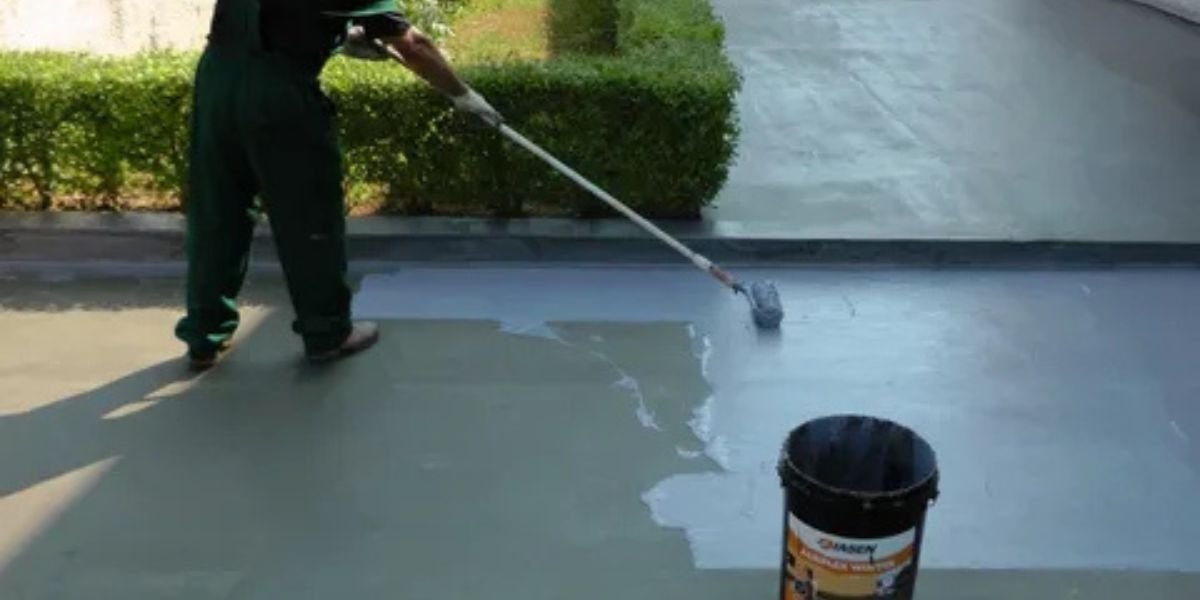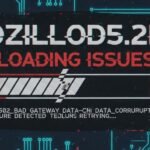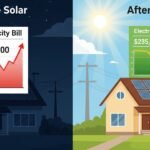Protecting a commercial building’s roof is fundamental to maintaining the integrity, safety, and efficiency of the entire structure. Roofs are continuously exposed to challenging environmental conditions, including heavy rain, snow, fluctuating temperatures, and intense sunlight. Without adequate protection, these forces gradually wear down roofing materials, resulting in leaks, structural damage, and costly repairs. Waterproofing serves as a critical barrier, preventing water from penetrating the roofing system and causing long-term harm. It also helps maintain the roof’s performance, prolonging its lifespan and ensuring the building remains secure and functional. We will explore how waterproofing safeguards commercial roofs, focusing on the practical benefits it provides and why it is a crucial investment for commercial property owners seeking to protect their assets.
How Waterproofing Safeguards Commercial Roofs: Key Benefits
Preventing Water Damage and Leaks
Water damage remains one of the most significant threats to commercial roofs. Even the smallest breach or crack in roofing materials can allow water to seep into the underlying layers. Over time, moisture infiltrates the roof’s insulation and structural framework, causing deterioration that leads to leaks inside the building. Leaks not only disrupt daily operations but can also damage sensitive equipment, furnishings, and important documents.
According to resources like https://cityroofrepairnyc.com/, waterproofing applies a seamless protective layer that blocks water from penetrating the roof’s surface, effectively eliminating the risk of leaks. This barrier keeps the building’s interior dry and safeguards the integrity of the insulation and structural components. Without waterproofing, trapped water accelerates wood rot, rusts metal parts, and weakens the roofing substrate, significantly reducing the roof’s lifespan. Ensuring a waterproof barrier is in place is a crucial strategy to prevent costly repairs and operational disruptions caused by water damage.
Shielding Against Harsh Weather Conditions
Commercial roofs must withstand a range of weather conditions that contribute to their gradual deterioration. Heavy rains, snow accumulation, strong winds, hailstorms, and prolonged exposure to ultraviolet rays all create challenges for roofing materials. Waterproofing materials are engineered to resist these elements, forming a durable shield that protects the roof from weather-related damage. For example, ultraviolet rays can cause roofing membranes to become brittle and crack, while temperature changes lead to expansion and contraction cycles that stress the materials. Waterproof coatings reduce the effects of thermal cycling by maintaining flexibility and preventing brittleness.
Moreover, waterproofing prevents water pooling during storms, which helps avoid issues like ice dam formation in colder climates. By reinforcing the roof’s surface, waterproofing reduces wear caused by extreme weather, allowing the roof to maintain its structural integrity and reducing the frequency of repairs or premature replacement.
Improving Energy Efficiency and Reducing Costs
Beyond protecting against moisture, waterproofing can improve the energy efficiency of a commercial building. Some waterproofing products come with reflective or light-colored finishes that reduce heat absorption. By reflecting sunlight rather than absorbing it, these coatings lower the temperature of the roof surface and the interior space below. This results in reduced reliance on air conditioning systems during warmer months, leading to lower energy consumption and utility bills.
Additionally, a dry and intact insulation layer performs more effectively in regulating indoor temperatures. Moisture intrusion can degrade the effectiveness of insulation, forcing HVAC systems to work harder to maintain comfort. Waterproofing maintains insulation performance by preventing water infiltration, thereby contributing to further energy savings. For commercial property owners, this combination of protective and energy-efficient benefits means lower operating expenses and an extended roof lifespan, ultimately offering a strong return on investment.
Reducing Mold Growth and Health Risks
Moisture trapped within a commercial building’s roofing system can create conditions conducive to mold and mildew growth. Mold is not only damaging to building materials but also poses significant health hazards to occupants, including employees, customers, and visitors. Exposure to mold spores can lead to respiratory problems, allergies, and other illnesses, creating liability concerns and potentially affecting workplace productivity. Waterproofing limits water intrusion and keeps the roof assembly dry, greatly reducing the risk of mold development. This helps maintain healthier indoor air quality and supports a safer, more comfortable environment for building occupants. Proactively waterproofing the roof also avoids the high costs and operational disruptions associated with mold remediation efforts. Addressing water intrusion early is essential to preventing mold-related damage and health issues in commercial buildings.
Enhancing Roof Durability and Extending Lifespan
Waterproofing adds a resilient layer that strengthens the roof against daily wear and tear, as well as damage caused by environmental factors. This added durability helps roofing materials resist cracking, punctures, and other physical damage. Waterproof coatings maintain the roof’s flexibility, allowing it to accommodate structural movements and temperature fluctuations without compromising its integrity. This flexibility prevents the formation of gaps and weaknesses that could allow water to penetrate. Over time, these protective qualities significantly extend the roof’s functional lifespan, delaying the need for costly replacements. A longer-lasting roof means fewer interruptions to business activities due to repair work and reduced long-term maintenance expenses. For commercial property owners, investing in waterproofing is a practical way to protect a vital asset and maintain the building’s value over time.
Waterproofing provides comprehensive protection for commercial building roofs by preventing water damage, resisting harsh weather conditions, and improving energy efficiency. It plays a critical role in reducing mold risks, enhancing durability, and extending the overall lifespan of roofing materials. Additionally, waterproofing protects the building’s structural integrity and simplifies maintenance tasks. For commercial property owners, these advantages translate into significant cost savings, operational continuity, and a safer, healthier environment for occupants. Understanding the many ways waterproofing safeguards roofs highlights its value as a fundamental investment in preserving the long-term performance and safety of commercial buildings.
















